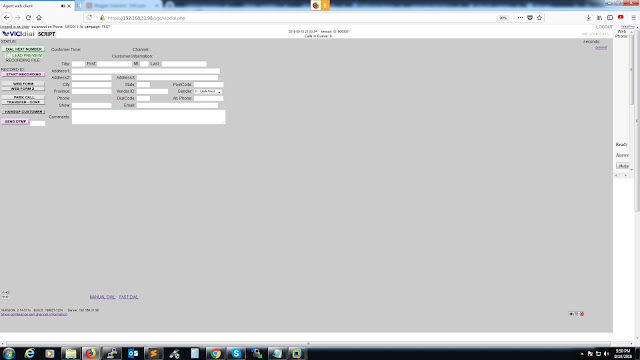1) Start Menu Returns
It’s what Windows 8 detractors have been clamoring for, and Microsoft has finally brought back the Start Menu. Now, when you click on the Start button at the bottom left of the screen, you get two panels side by side, with the left column showing pinned, recently and most-used apps.
You also get a power button at the top for options such as Hibernate, Standby and Shutdown, and an all apps option a la Windows 7. The right column features a selection of live tiles that you can customize, resize and reorganize.
2) Universal Search in Start menu
The Search tool at the bottom of the Start menu now not only searches your programs and files (as it does on Windows 7), but also looks up related results on the Internet. Presumably powered by Microsoft’s web search engine Bing, this means you won’t have to open up a browser to find a particular Wikipedia entry. It’s not entirely clear yet what other sources this Universal Search will pull from.
3) Multiple Desktops
Think of it as having a different monitor on which you run another set of windows, but without the physical monitor. The Multiple Desktops feature is similar to Apple’s Spaces feature on OS X, and helps you manage your multitude of open windows and apps.
Now, instead of having multiple windows open on top of each other on one desktop, you can set up a whole other virtual desktop for those programs to reside in. Set up one specifically for home and leave your apps such as Netflix and Amazon open, and create another desktop for work on which you keep Word, Excel and Internet Explorer open.
4) Task View Multitasking
5) Improved Start Screen
The new Start screen, which is the touch-optimized page for all the live tiles and apps Windows 8 has come to be known for, now comes with a persistent taskbar and a list of programs and folders on the left. This lets you get easy access to locations such as My Documents or PC Settings directly from the home screen and makes it easy to find a specific app, thanks to the All Apps option at the bottom.
6) Quadrant-style Split Screen Multitasking
Microsoft’s Snap View multitasking feature has been improved to now let you dock windows to the four corners of your screen. While you could split your display between up to four apps at a go before, the number of apps you could have side-by-side was limited by your device’s screen resolution.
It’s not clear yet whether this quadrant snap view is dependent on your resolution, but this new way of docking will make for far more efficient multitasking. The system will even suggest what other open apps you can use to fill up available space.
We expect more features to be announced as Microsoft gets closer to publicly releasing Windows 10, so stay tuned for more info.



0 comments:
Post a Comment